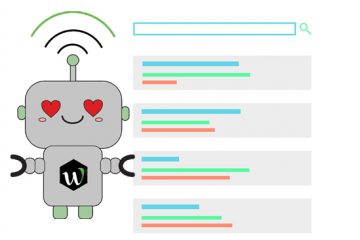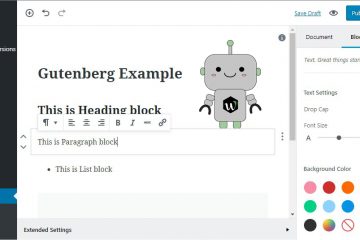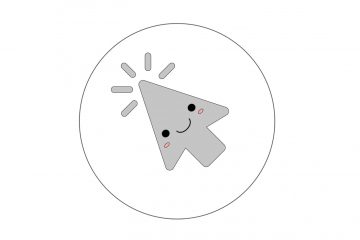Content is king and that means you have to treat it like a king if you expect your customers to respect its authority. Many companies are scrambling to replace their preexisting content because it’s stuffed with keywords (keyword Stuffing) and outdated method of SEO that Google actually punishes you for. It may seem daunting, but if you’re creating a website from scratch then you have the advantage of starting with quality material. You just need to know a few things going into the process if you want to maximize the effect of your efforts.
Content Optimization: Making Content from a Blank Canvas
Above anything, you want content that tells the audience what you do as a company. The only other thing you should concern yourself with is content that provides the user with something valuable. For example, we are a marketing company that caters to small, local businesses. The purpose of this blog is to give businesses key advice on digital marketing. Not only are they getting valuable information that they can apply to their business, but we are also introducing them to our brand.
Once you have determined the core of your business, it’s time to put that into words.
Content Optimization: Keyword Research
You want to make sure you’re using the most common terminology for your business. If you’re a hardware store in Indiana, you would want to use the same vernacular that people of that area use. Similarly, you might be from the West coast wondering what a Hardy’s is and an East coaster might wonder what a Carl’s Jr. is; they are, in fact, the same. For my example, you sold use the terms “repair shop,” “tool store,” “tool supply shop,” etc. People are looking for these things on their phone and driving to them. You want to make sure your website is set up to adhere to the most common of the keywords and phrases.
One simple way is to use Google Trends to compare the popularity of different phrases and narrow down the area to your location.
Content Optimization: The Menu
It’s the foundation of your website and the thing that people look to when navigating for the first time. You want a main menu that’s intuitive. This should be one of your first pit stops to creating a flawless website.
A good site structure will feature a home button first, then your cornerstone pages, for us these are our services, then finally a contact/checkout page because that’s where you want your users to visit at the end of the day. It can be hard deciding which pages are your “cornerstones,” but consider this; why do people come to your business? What do you want to rank on search engines? A product, various categories of different products, services, helpful guides, and information; just answer the first question that was posed to you in this article “What is your business about?” and you should have a good idea. Search engines will see what you placed in the main menu and decide that these are the most important items of your website.
Content Optimization: One Page/Topic
Once the pillars of your website are created, it’s time to add pages for each topic that you mention in your main menu. This allows you to dive deeper into each subject. You also want a place that people can learn more about topics that peak their interests. It would be pretty disappointing if you went to a website and clicked on a menu item only for nothing to happen.
You will do the same type of keyword research as you did above to give each page a unique title. From there, you should use that keyword throughout the page so search engines can pick up what the article is about. We recommend using anywhere between a 2-3% keyword density ratio. DO NOT STUFF your keyword in the page that does not work!
Content Optimization: Meta Descriptions
Alright, you have a homepage, various cornerstone pages and a menu that links them all together. Your new website is looking good. Now, to add a little extra SEO juice to the formula, you should look into Meta descriptions. We’ve mentioned them a few times before in our blog. Meta descriptions are the short excerpts that you see when you search something using a search engine, like Google.
When you write these out, they should briefly explain what the page is about and feature the keyword you chose for that particular page. Most people rely on the themes they use for their website, which typically uses the first two sentences of your text on that page to use as the Meta description. This isn’t optimal. We highly recommend that you find a plugin or tool that allows you to enter your own Meta description and use the guidelines listed above to write them out yourself.
Content Optimization: Time to Make a Website!
You should have all the basics covered. Let’s run through the checklist to ensure you have everything a basic SEO site needs to have.
• Homepage
• User-Friendly Menu
• Cornerstone Pages
• Keyword-Specific Content
• Proper Keyword Density for Each Page
• Meta Descriptions for each Page
• Contact Page
• Shopping Cart (E-commerce Site)
With all these things taken care of, you should have everything you need to start ranking your new website! Of course, if you need a professional touch, you can always contact the experts at WebCroppers to lend a hand.


